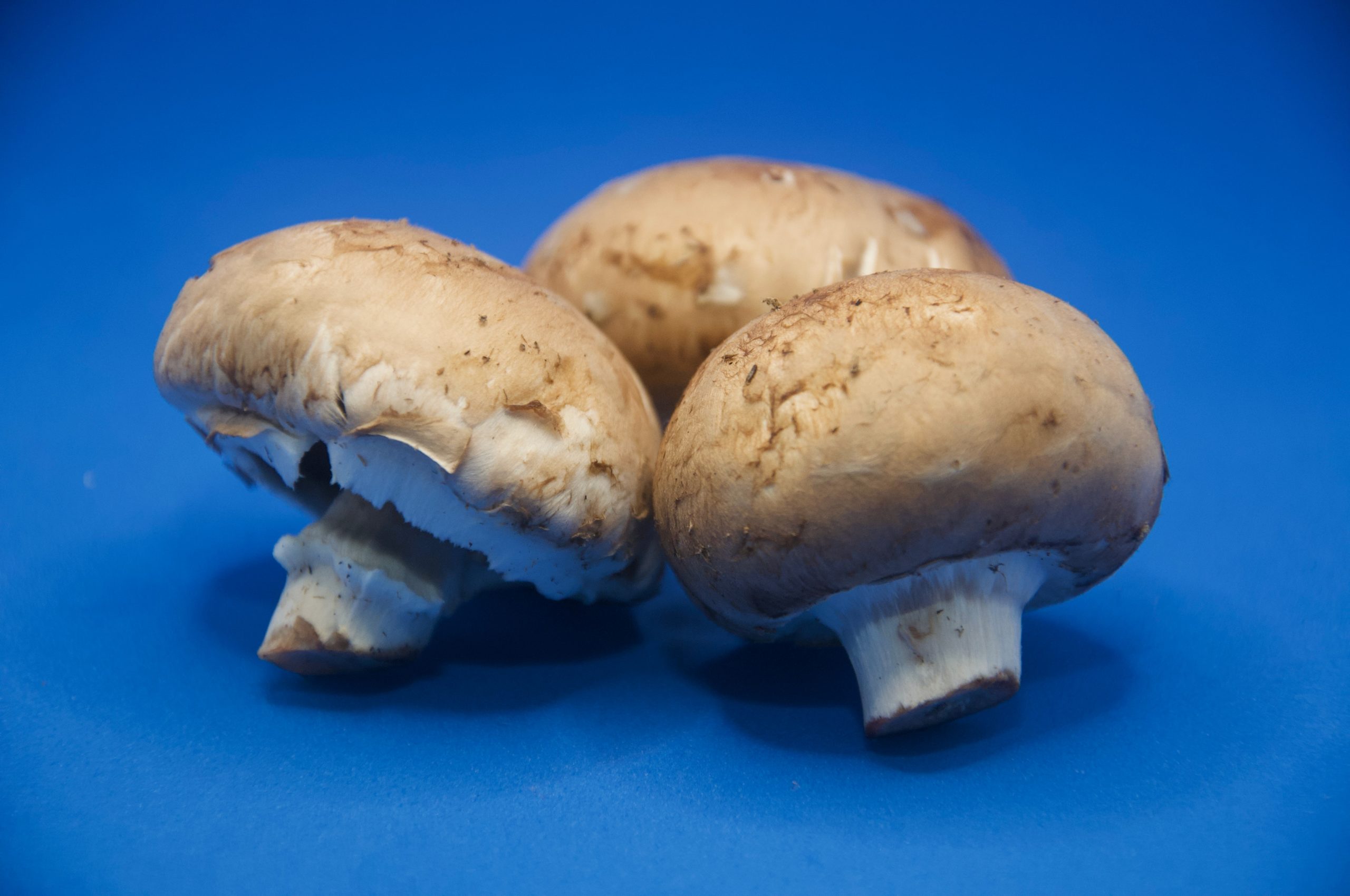Portobello mushrooms are some of the most popular and versatile mushrooms available today. They are the more mature version of the common Agaricus bisporus mushroom, which is a member of the Agaricaceae family.
These mushrooms are grown and consumed in different stages of maturity, and are known by different names such as Cremini, Crimini, Baby Bella, Chestnut, White, Button, Table, Common mushrooms, among others. However, the Portobello mushroom is the fully matured version, with the largest caps of all cultivated mushrooms.
Portobellos have a savory, earthy taste and meaty texture. They can be used in a variety of recipes and have become known as a flexible, nutrient-packed ingredient, making them a favorite among chefs and home cooks alike.
In fact, due to their popularity in the kitchen, they are now one of the top cultivated varieties in the United States, accounting for around ninety percent of mushroom production (see How to Grow Portobello Mushrooms for Profit).
Where do they grow though? Can chefs and mushroom enthusiasts find Portobellos in their local park or forest? We’ll cover both Portobello mushroom habitats and Portobello mushroom growing conditions below.
Natural Habitats of Portobello Mushrooms
Portobello mushrooms are native to the Mediterranean region and were first cultivated in Italy in the late 1800s.
Though, today, Portobello mushrooms are known to grow in a variety of locations, both wild and cultivated.
In the United States, some of the best habitats for wild Portobello mushrooms include the Pacific Northwest, the Appalachian Mountains, and the Great Lakes region. These areas have moderate temperatures, high humidity levels, and rich, organic soils, which are all conducive to Portobello mushroom growth.
In addition to these natural habitats, Portobello mushrooms are also grown commercially in many states throughout the U.S. Some of the top locations for cultivated Portobello mushrooms include Pennsylvania, California, Florida, and Texas. These states have established mushroom farms and production facilities that produce high-quality Portobello mushrooms for commercial distribution.
To summarize, Portobello mushrooms can be found in these areas:
- Pacific Northwest (wild)
- Appalachian Mountains (wild)
- Great Lakes region (wild)
- Pennsylvania (cultivated)
- California (cultivated)
- Florida (cultivated)
- Texas (cultivated)
Growing Conditions For Portobello Mushrooms
The reason Portobello mushrooms grow in so few places naturally is because they require specific growing conditions to thrive.
The climate’s temperature needs to be between 60-70°F (15-21°C). Additionally, Portobello’s require high humidity levels (ranging from 80-95%) and the area they’re growing in needs to have proper ventilation. Finally, there cannot be too much sunlight.
In fact, direct sunlight can cause the mushrooms to dry out and become discolored.
For these reasons, anyone wanting to find portobellos in the wild, whether it be for consumption or to sell, may find it’s more efficient to grow the mushrooms themselves.
Grow Your Own Portobello Mushrooms At Home
Growing your own mushrooms is an extremely rewarding process. The feeling of turning spores into one of best ingredients in your kitchen is truly unmatched.
Though, it’s not always the most straightforward process, and missing a step can lead to problems that completely ruin the harvest.
That’s why here at EasyShroom, we make it as easy as possible for anyone interested in cultivating their own mushrooms to achieve success.
We’ve put together an All-In-One Mushroom Grow Kit (with complimentary instructions), that makes the cultivation process simple, even for people who’ve never done it before.


Wow, incredible blog format! How long have you ever been running a blog for? you made blogging glance easy. The full look of your site is wonderful, as smartly as the content!
Thanks for your kind words! We have been running a blog for a few months now. Glad it shows how much effort is being put in!
I’m amazed, I have to admit. Rarely do I encounter a blog that’s equally educative and amusing, and without a doubt, you have hit the nail on the head. I am very happy I stumbled across this in my search.
Hello, everything is going fine here and ofcourse every one is sharing information, that’s genuinely good, keep up writing.
Thanks for finally talking about Where Do Portobello Mushrooms Grow? A Guide to Their Natural Habitats and Cultivation
God bless Israel.